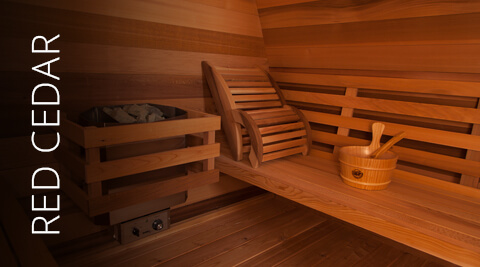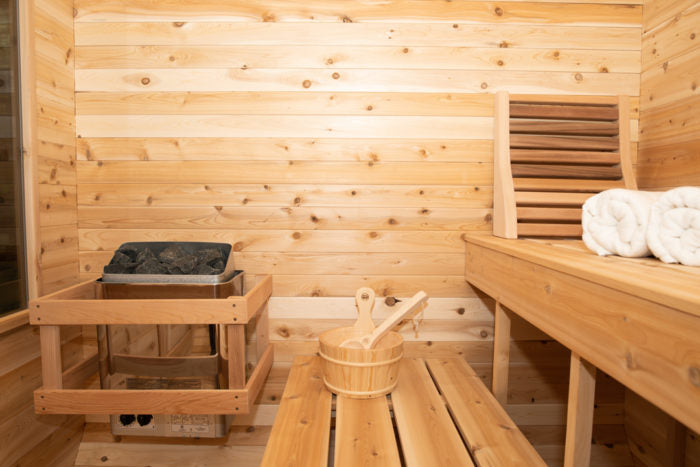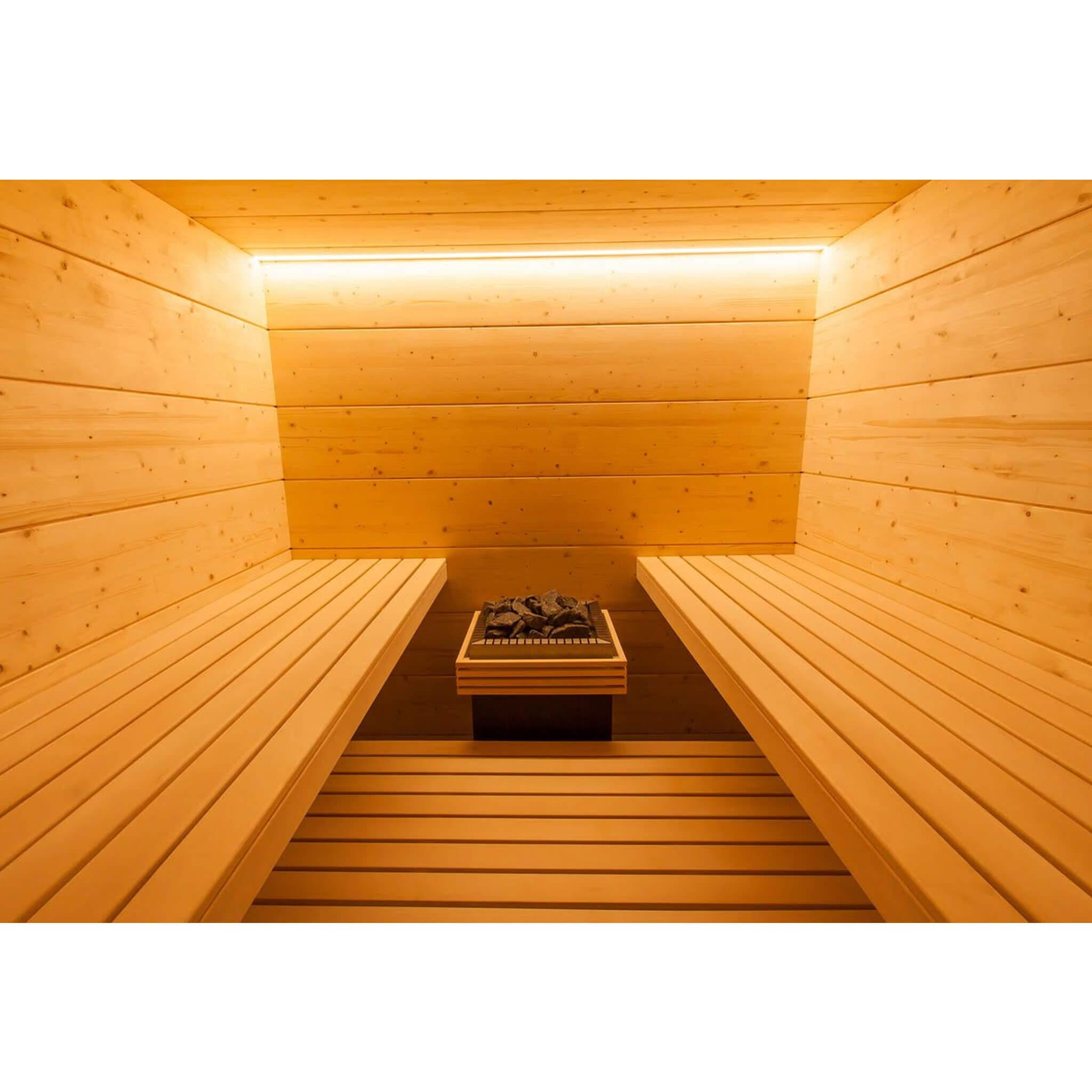The 30-Second Trick For Traditional Sauna
The 30-Second Trick For Traditional Sauna
Blog Article
The 45-Second Trick For Traditional Sauna
Table of ContentsAn Unbiased View of Traditional SaunaTraditional Sauna Fundamentals ExplainedTraditional Sauna Things To Know Before You Get ThisAll About Traditional SaunaThe Greatest Guide To Traditional Sauna
The majority of the weight lost in a sauna is water loss and is re-gained upon rehydrating. Nonetheless, undoubtedly sauna can be a vital part of a healthy and balanced weight reduction program. To look at the differences in between conventional and IR saunas, I will certainly divide these right into proven, theoretical, and fabricated differences.Thus, the most popular factor in the saunawhich goes to the ceiling straight over the sauna heateris generally in between 185 and 190 F. Claims that a typical sauna goes beyond 200 F is merely not real and not applicable for electric saunas marketed in the United States. The temperature level for a far-infrared sauna is usually set in between 120 and 140 F; nonetheless, unlike the conventional sauna, the objective in and IR room is not to achieve a heat.

When a traditional sauna has been appropriately warmed, the sauna walls are warm, the air temperature has achieved set temperature level and the rocks are incredibly heated. As an intriguing side note, the heated wall surfaces and the rocks are producing far-infrared warmth, incorporated with the heated air, to develop an "enveloping warm".
6 Simple Techniques For Traditional Sauna
When the high temperature level is achieved, the components cycle on and off to preserve the high temperature. The majority of traditional sauna individuals take pleasure in putting water over the rocks to create heavy steam to elevate sauna humidity levels. The advantages of putting water over the rocks consist of: making the room a lot more comfy, dampening the nasal passages, and enabling the usage of aromatherapy by blending essential oils with the water.

When the energy enters the body, it creates the body temperature to enhance and eventually results in perspiration. In an infrared sauna it is very important for the emitters/heaters to remain on virtually constantly. Because there is no mass useful link of rocks to preserve warmth, the sauna will certainly cool if the emitters turned off.
How Traditional Sauna can Save You Time, Stress, and Money.
As pointed out above, the sauna bather in an infrared room wishes to position himself before operating emitters to get optimal take advantage of the heat. The home heating time for the two rooms can be really different, relying on exactly how the rooms are made use of. For a typical sauna, a bather ought to permit 30-40 minutes for the room to attain a desired temperature level and to correctly pre-heat the rocks.

A well constructed sauna will usually attain a temperature level of 150-160 F in about 30-40 minutes. For hotter temperature levels, the area might require to heat for a longer period.
To some, 15 mins was "thrown away" while the infrared power warmed the timber panels as opposed to heating up a body, while others find a pre-heated space to be more comfortable and believe an browse around this site elevated beginning temperature level is needed to start sweating. The length of recommended use for every space is roughly the exact same (10-15 mins per session); nonetheless, as a result of the reduced air temperature levels and the capacity to really feel the impacts of infrared warm quicker than a conventional sauna, it is not uncommon for a person to spend a total amount of 20-30 mins in an infrared sauna.
The Buzz on Traditional Sauna

The average price per kWH of electrical energy in the U.S. is around $0.11, so a 4.5 kW heating system will cost around $.50 to run for one hour, if the heating system runs continuously for one hour. Normally a sauna heating unit will certainly run for 75% of the very first hour and 50% of succeeding hours on given that the aspects cycle once the established temperature is achieved.
A two individual far-infrared space is typically physically smaller than a typical sauna, typically about 4' x 4' or smaller sized. The IR heater is generally 1.5-1.7 kW making use of a 120 volt 15 amp plug-in service. Because the room can be used sooner than a sauna room, we will assume the space is made use of for to of an hour including warm up time.
There is a rarely gone over distinction in the social experience between the 2 areas. While our society has actually shed a few of the social benefit of the traditional sauna experience, it can be very socially rewarding (Traditional Sauna). From family time in the sauna, to heart-felt conversations with better halves, to sauna partiesthe conventional sauna experience can result in intimate socializing
The Best Strategy To Use For Traditional Sauna
Most greater end infrared rooms consist of tinted light treatment, sound systems and my latest blog post full-glass fronts.
Report this page